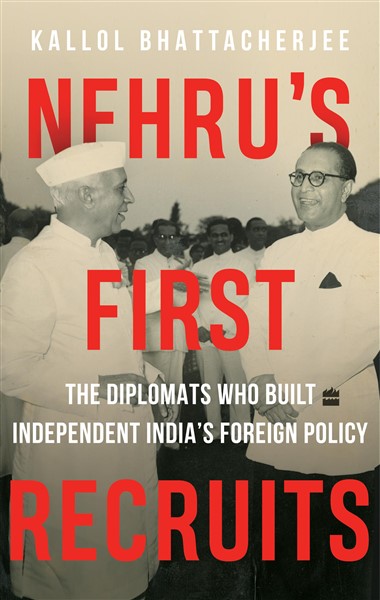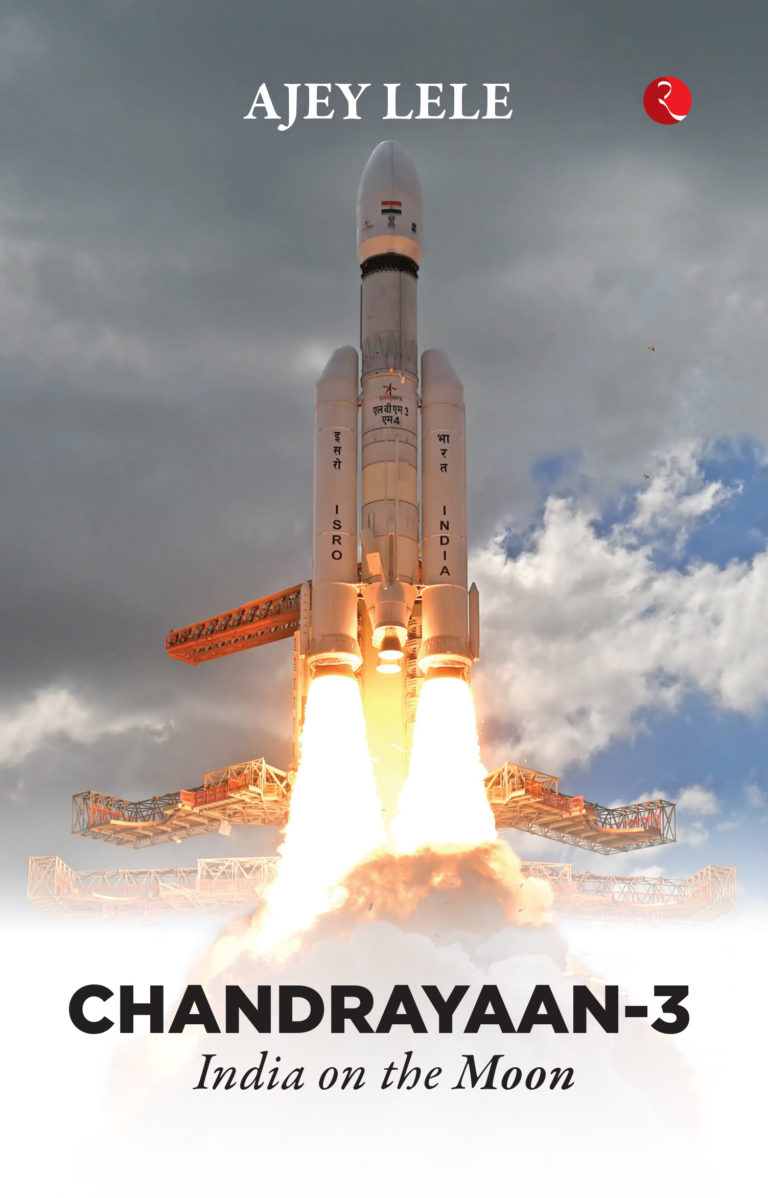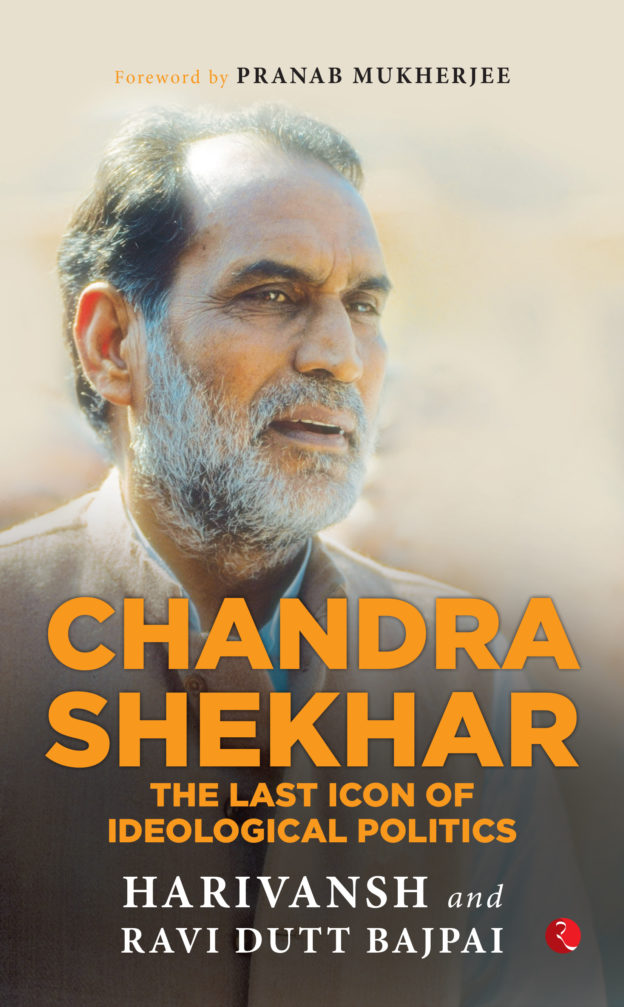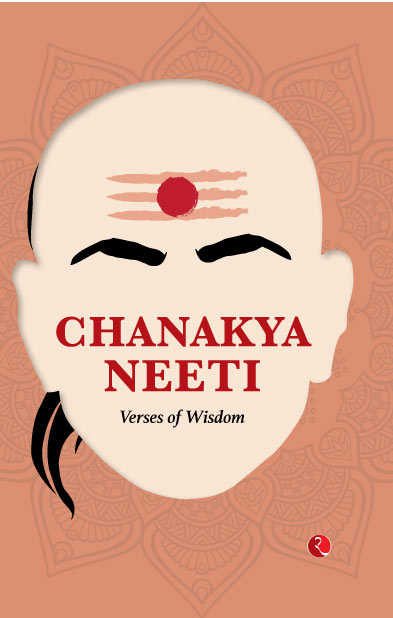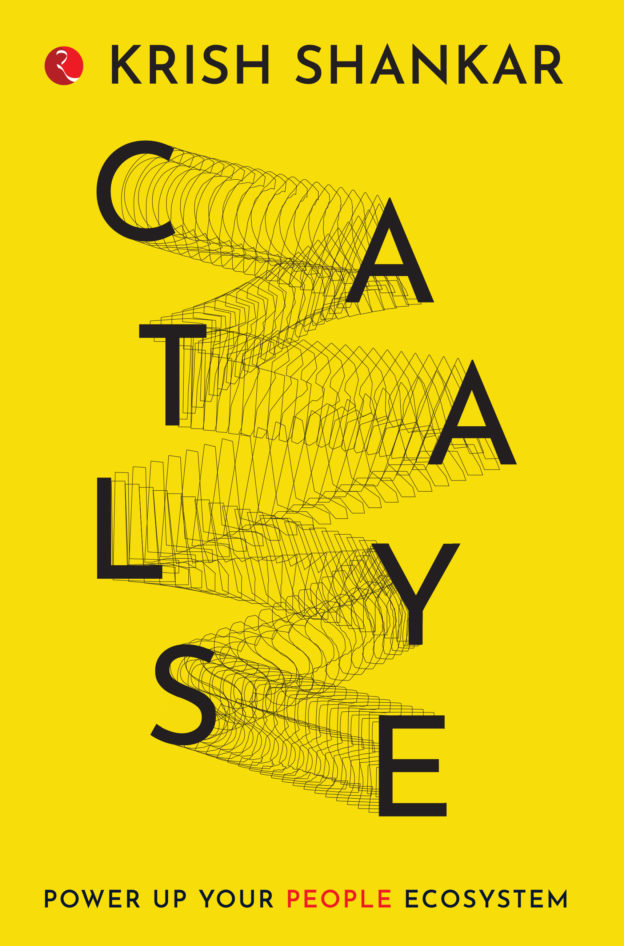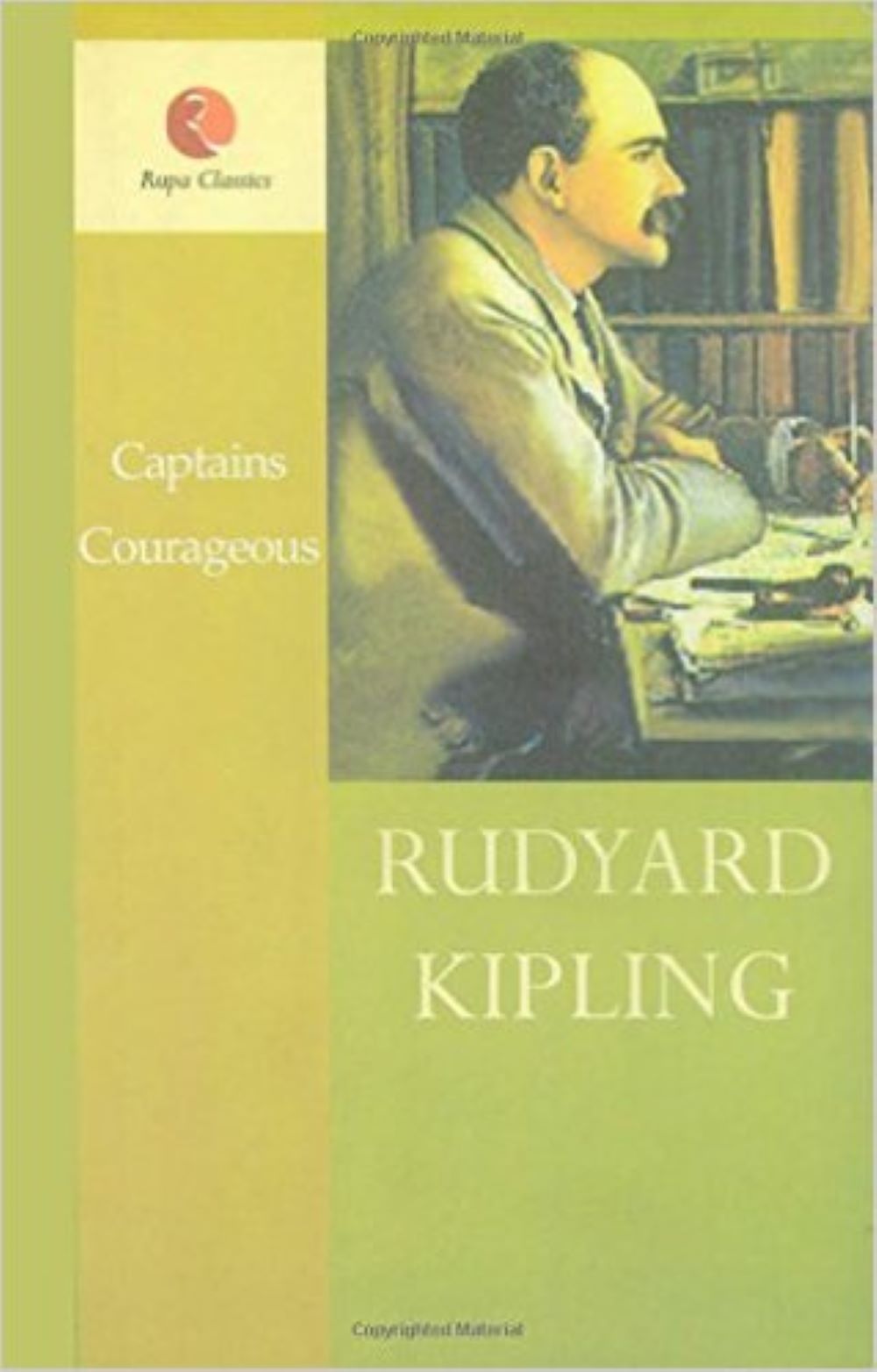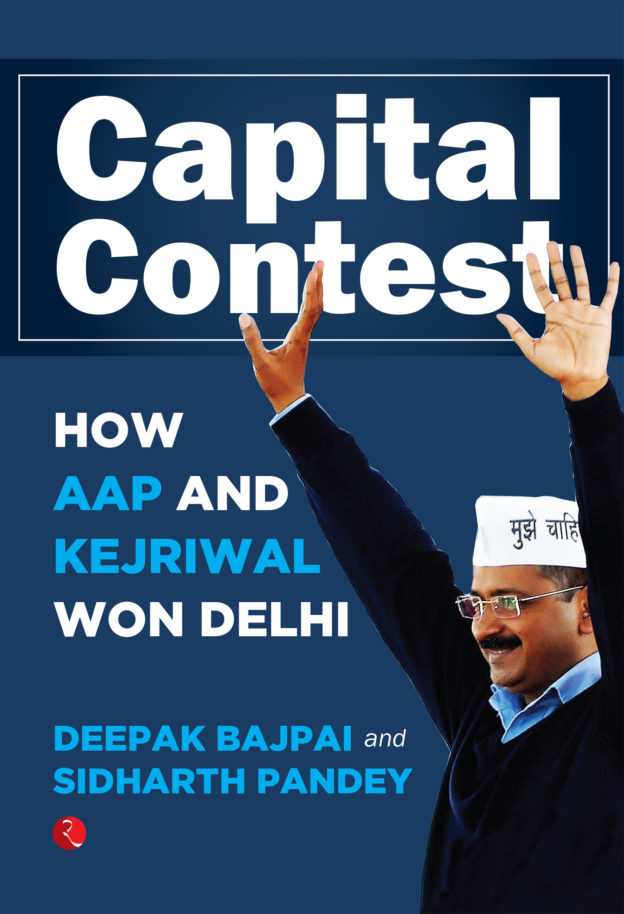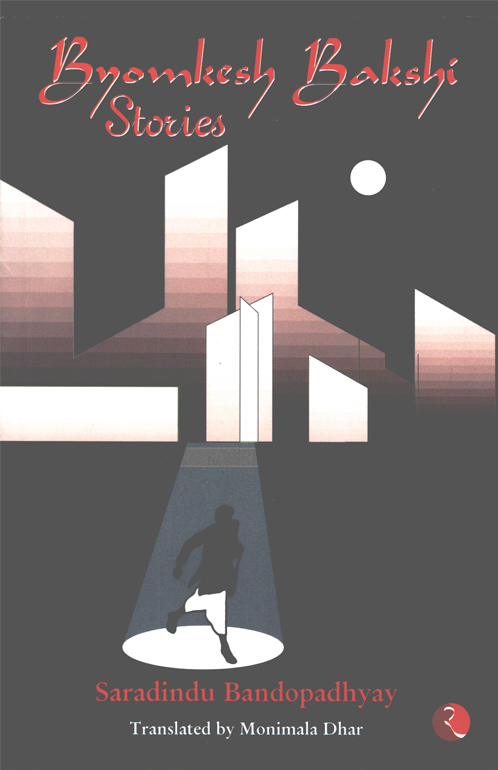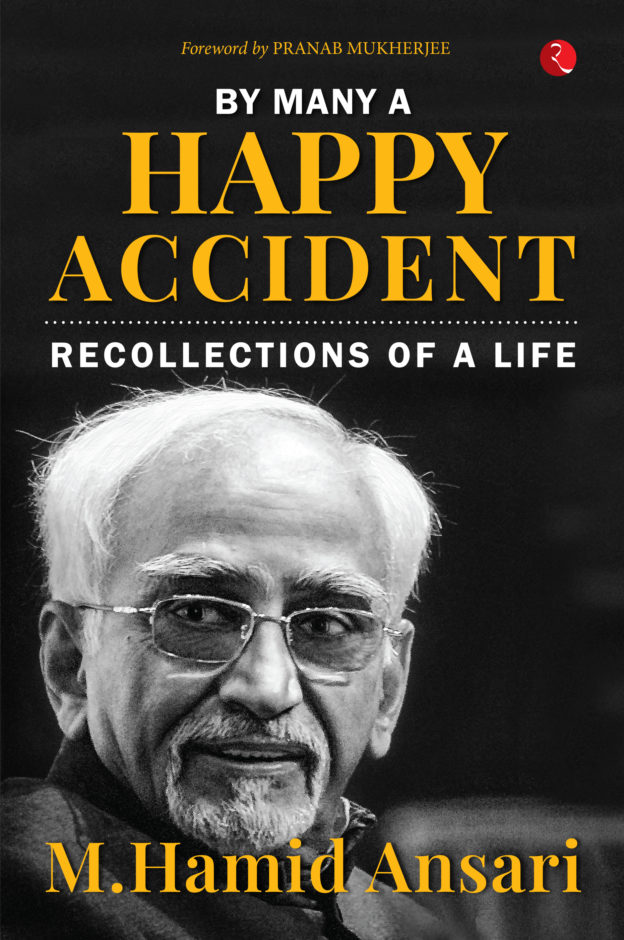NEHRU'S FIRST RECRUITS The Diplomats Who Built Independent India's Foreign Policy
Tripura-born Kallol Bhattacherjee grew up in the hills of Northeast India, where he had his first glimpse of India's relentless interaction with the world. In the mid-1990s, on a summer day, he boarded the Kalka Mail from Calcutta (now Kolkata) – a move that eventually led him to the classrooms of the University of Delhi and subsequently to Jawaharlal Nehru University, where he studied political theory, the Arab-Israeli conflict and the history of modern Lebanon. He began his journalistic career writing for Mainstream, Seminar, The Jerusalem Post, The Indian Express and the Iranian News Agency. Over the past two decades, he has worked at The Week and The Hindu, where he is currently a senior assistant editor, reporting and writing on international affairs. Over the years, he has reported from conflict zones around the world, including Libya, Tunisia, Syria and Iraq at the height of the Arab Spring, and from India's neighbourhood. He is the author of The Great Game in Afghanistan: Rajiv Gandhi, General Zia and the Unending War (2017) and A Baloch Militant in Delhi (2018). His social media handle at X/Twitter is @janusmyth, and he can be reached on email at janusmyth@gmail.com. ... Read more Read less
Independent India’s first Prime Minister Jawaharlal Nehru and his team faced the colossal task of building the infrastructure for a new state that was rising from the ashes of war, famine and communal strife. One of the first administrative innovations was the formation of the Indian Foreign Service (IFS). In 1958, once its posts were finally filled, it was decided that the names of the extraordinary men and women who were the first to represent Indian on the world stage would be published as the History of Services of Officers of the Indian Foreign Service (Branches A and B). That slim, ‘restricted – for official use only’ volume is the inspiration for Nehru’s First Recruits.
Among others, author Kallol Bhattacherjee writes about Brajesh Mishra, who initiated dialogue with Beijing to restart relations disrupted in 1962; Mira Ishardas Malik, the first Indian woman diplomat to serve in China; Eric Gonsalves, who handled the biggest ever evacuation of Indians from a foreign crisis; K. Natwar Singh and Romesh Bhandari, who served for many years even after retiring from the IFS; Cyril John Stracey, who served with Netaji Subhas Chandra Bose; Harivansh Rai Bachchan, who was responsible for the name ‘Videsh Mantralaya’; and Mirza Rashid Ali Baig, M.A. Jinnah’s former private secretary who became a towering chief of protocol whose legacy resonates in South Block even today.
Through the stories and experiences of India’s earliest diplomats, this book, for the first time, presents the foundational history of the country’s diplomatic corps and indeed the beginning of the country’s engagement in global affairs.
... Read more Read less
